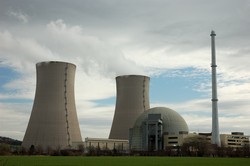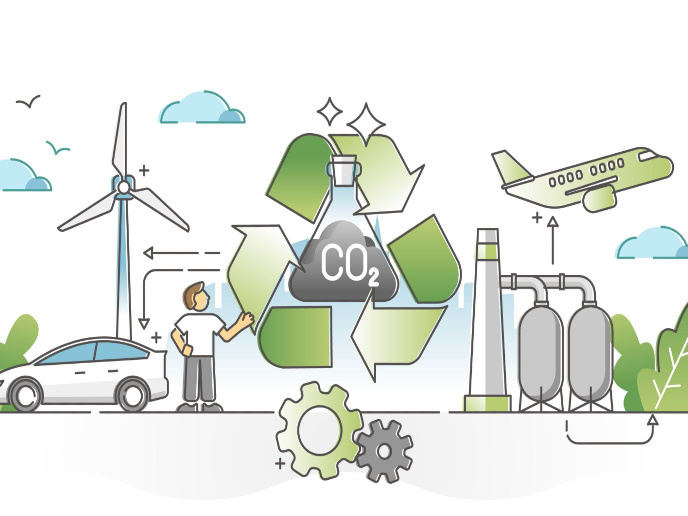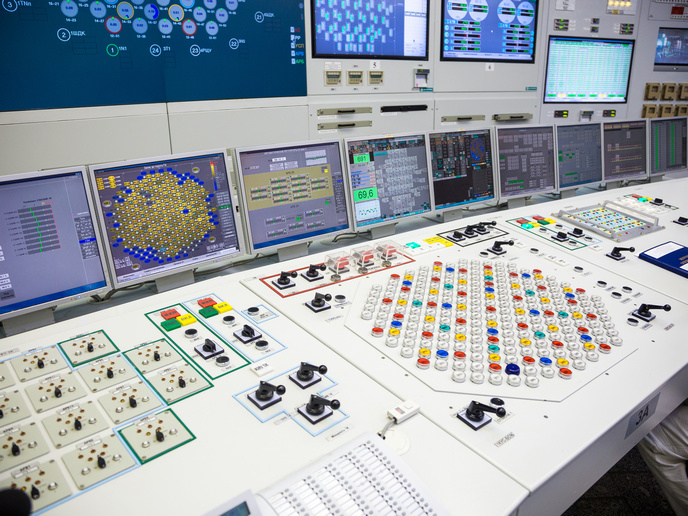Modelling self-healing properties for nuclear reactors
Radiation damage is manifested in void swelling and irradiation creep, deformations of the reactor materials that can lead to failure. Evidence suggests that swelling can be prevented with a recently developed novel class of materials boasting self-healing properties. However, the mathematical modelling and simulation tools needed to investigate the phenomena and develop better designs were previously lacking. This knowledge gap was filled by the EU-funded RADINTERFACES (Multiscale modelling and materials by design of interface-controlled radiation damage in crystalline materials) project. Researchers investigated the phenomena at all relevant levels, starting with electronic structure whereby the primary knocked-on atom (PKA) can start the cascade of destructive events. The novel multilayer films of crystalline multiphase materials demonstrated the ability to repair damage associated with the PKA. Researchers therefore modelled the behaviours of such materials at all levels consisting of the interactions between atoms (micro scale) to the propagation of damage in single crystals and multilayers of materials (meso scale) to the bulk (macro scale). The models enabled scientists to predict the performance characteristics of the reactor element itself. Complementary experimental work on materials' behaviour focused on the creation of thin film samples using three established techniques. Project partners developed two new methods for describing microstructural interactions and defects in materials with multilayer interfaces. They also defined forces governing interactions among the atomic elements of interest. In addition, a code was developed for describing meso-scale dislocations dynamics in multilamellar structures as well as rules governing the interaction of interfaces and radiation-induced defects. Finally, scientists synthesised multilayer compounds of interest and characterised their properties. RADINTERFACES developed the necessary multi-scale modelling tools to design reactor components from novel crystalline multiphase materials with radical self-healing properties. Multiple layers with large interfacial areas will help to prevent swelling initiated at a PKA, thereby extending reactor lifetime, reducing operating costs and increasing safety. Furthermore, technology developed by the consortium could lead to completely new applications for electrochemistry with major impacts on existing industrial technology.







